I don’t know how many were present a week ago at The Speccie prolonged lunch but do know that I found myself in total agreement with almost everyone I spoke with. This has never happened to me before in Australia. As someone – possibly Tony Abbott – remarked as we gathered for drinks overlooking the sparkling harbour, if a hostile submarine were to surface in the bay it could probably extinguish much of intelligent life here in the blink of an eye. Happily for us however neither the ABC nor the Fairfax Press – like the Australian nation itself – will be able to access any kind of viable submarine for at least twenty years. So with a little luck, representatives of a sensibly intellectual and timeless Australia can continue to meet annually for at least some time to come.
Since I was forcibly retired from writing art criticism in Australia at least 15 years ago, I was quite shocked to find myself at least touching on such a supposedly difficult subject in last week’s piece. Even on a poor day, I have always felt I could explain just about everything that has gone wrong with art in the past half century in rather less than a page. In 1994 in my inaugural and probably last series of talks on such a subject in Australia, I tried to explain that a large part of what went wrong with art in the 20th century depended simply on the meaning we assigned to a single word: modern. Pick up a simple dictionary and you will find the word has two discrete meanings: of the present and recent times and new-fashioned, not antiquated. In short, we are dealing either with period or with style and attitude. Indeed, if being called ‘modern’ simply describes when a work is made, we do away with almost all the habitual rhetoric e.g. is this more or less modern or more or less cutting-edge than that? Yet being more or less modern is not and never has been any kind of true index of artistic virtue. Once we sensibly realise that fact we could perhaps sensibly revert, say, to cutting hedges which really is an entirely timeless art form. At Chateau d’Eyrignac in southern France, for example, over 100 kilometres of hedges are cut by hand a number of times each year thus helping create a scene of carefully planned and seldom rivalled beauty. All the flowers in the vast grounds are also white – creating a memorable sense of unity too.
Post-modernist art by contrast generally comes from much the same tiresome source as political correctness. In other words, what has your art done today for the cultural revolution and the longed-for overthrow of capitalism? Ironically, there is generally no inherent pleasure in making such art and ‘success’ in this field is thus measured almost entirely in financial – or even capitalist – terms. But even in that area any normal market is habitually skewed by ‘state art’ whereby money extracted from the public is spent on the kind of art the public itself generally most dislikes and distrusts. The idea behind so-called ‘conceptual’ art was to supplant the kind of directly physical art with which dealers could trade – thus once again helping to destroy capitalism.
Almost everything connected with post-modernism is inconsistent as well as heavily politicised by the Left. Aesthetics are thus dismissed as a boogewa (read bourgeois) delusion and the absolutely essential teaching of skills becomes rapidly supplanted by neo-Marxist cant. As a friend said to me recently, the first thing you learn at art schools these days is how to fill in a form for a grant. Even world-famous artists such as David Hockney, who left art school half a century ago, did so with a variety of very visible technical shortcomings. In Australia today so many former citadels of sanity have fallen that it seems wrong to devote even half an article to a subject as peripheral-seeming as art.
Indeed, so many areas of Australian life have become subtly and surreptitiously politicised that it is hard to keep count, but almost all politicising, even of areas such as the law, which ought to be inviolate, heads consistently in the same direction. I often feel, in fact, that a nostalgia exists in Australia for a kind of idealised and benign leftist totalitarianism which never actually existed anywhere at all – and most certainly not in Cuba, for example, which was every bit as brutal as rather less climatically-favoured lands. We don’t do reality very well in Australia, where every single university student should be issued with a personal copy of The Black Book of Communism which was translated into English and published in 1999 by Harvard University Press. Would you like to know where the gulags were in Bulgaria or how many priests were frozen to death on the orders of Lenin? The facts are all there and are in most cases undeniable.
We are physically remote from the history of the world in Australia, but that is no indication at all that certain events never happened elsewhere or are exaggerated. My wife and I both worked in Eastern Europe quite extensively before communism collapsed and thus have no delusions at all about its nature. Regimes existed entirely through force and never, ever by common consent. As recently as 1993, I was at a hotel in a former spa town in Slovenia from which the Serbian shelling of Zagreb was extremely audible. Amazingly, the art school in Zagreb still offered classes in the carving of marble, which differed little from those available in the last days of the Austro-Hungarian empire three quarters of a century earlier. It would be wonderful to welcome a renaissance of proper artistic skills and teaching but who could any longer teach these? The wreckers of art have done a very thorough job.
Got something to add? Join the discussion and comment below.
Get 10 issues for just $10
Subscribe to The Spectator Australia today for the next 10 magazine issues, plus full online access, for just $10.
You might disagree with half of it, but you’ll enjoy reading all of it. Try your first month for free, then just $2 a week for the remainder of your first year.


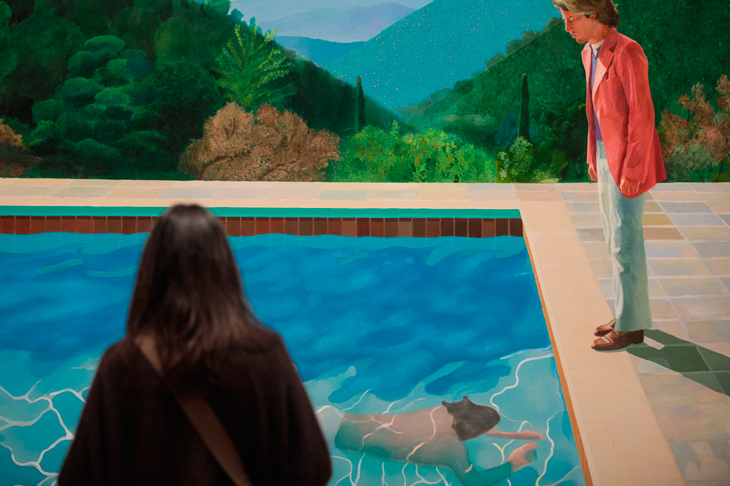
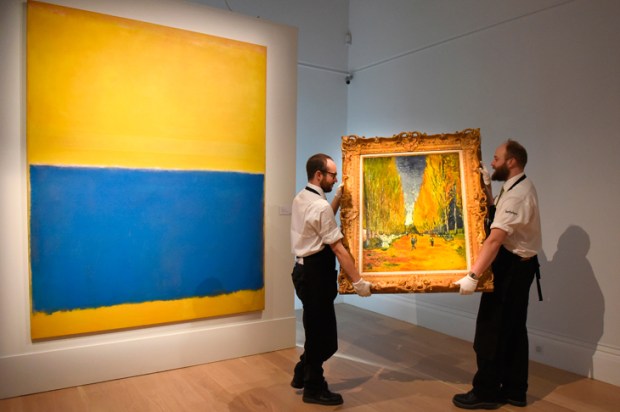

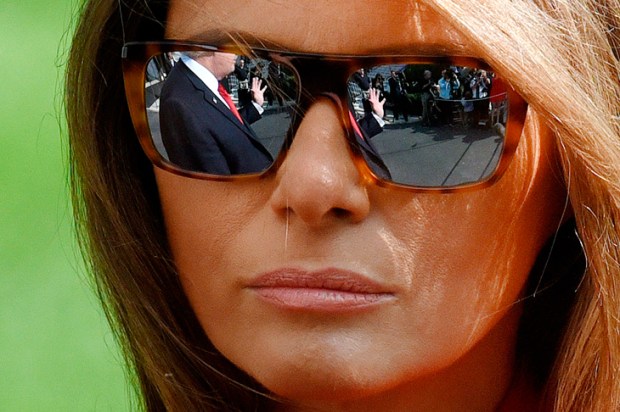
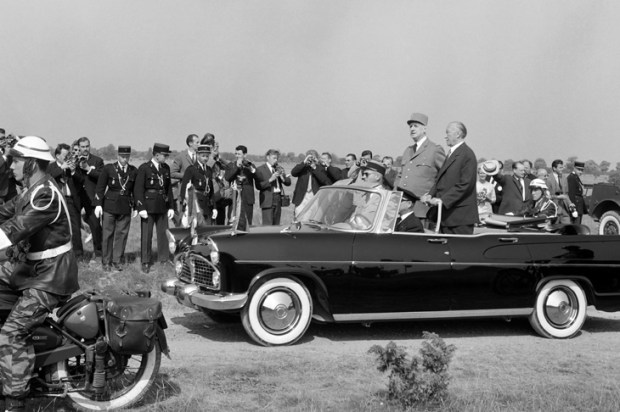

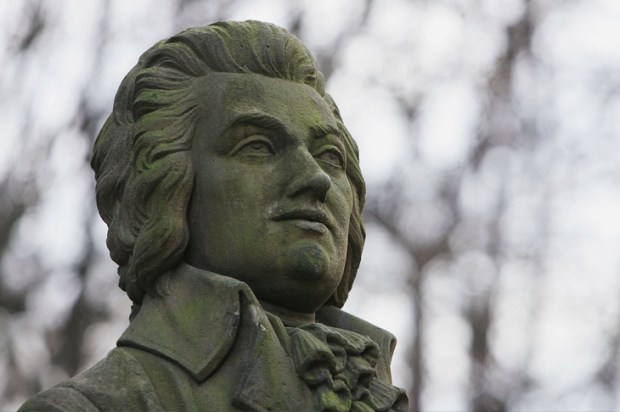






Comments
Don't miss out
Join the conversation with other Spectator Australia readers. Subscribe to leave a comment.
SUBSCRIBEAlready a subscriber? Log in